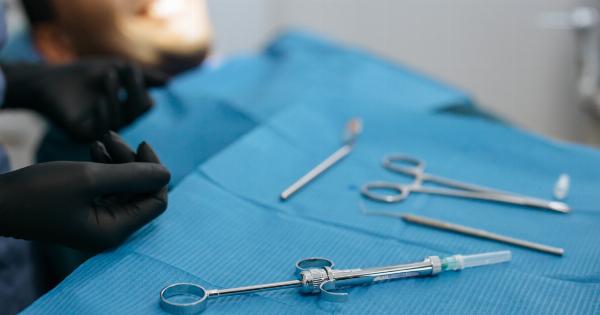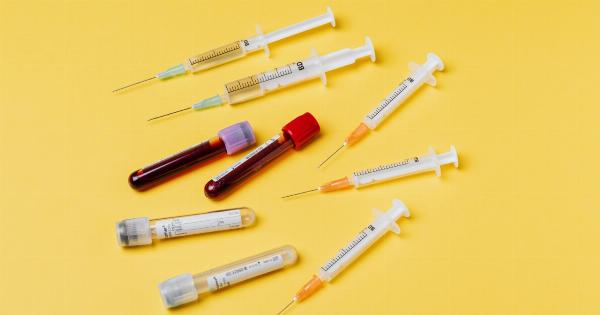Coronary disease is a severe medical condition that happens when the arteries that provide the heart muscle with blood and oxygen become constricted or blocked.
This can cause chest pain, also known as angina, and puts the patient at high risk for heart attack, stroke, or even cardiac arrest. Angioplasty is a medical intervention that can help alleviate this problem by opening the blocked arteries.
The Coronary and Angioplasty Procedure
The coronary and angioplasty procedures involve threading a small tube into the heart arteries through a small puncture in the groin or arm.
A tiny balloon is then inflated at the site of the blockage, opening the artery and allowing blood to flow through more easily. Most modern angioplasties involve the use of a stent, a small metallic tube that is inserted into the artery to keep it open, reducing the chance of re-blocking.
The Need for Precision and Dexterity
Coronary and angioplasty procedures require a high level of precision and dexterity because the heart and its arteries are tiny and delicate structures.
In the past, these procedures were performed by hand with limited guidance or visualization, a process that was both risky and challenging.
The Advantages of Coronary and Angioplasty Performed by Hand
Recent advancements in medical technology have allowed for precision-guided angioplasties, using imaging techniques such as fluoroscopy and intravascular ultrasound (IVUS).
While these modern techniques are beneficial, performing coronary and angioplasty procedures by hand still holds several advantages over automated techniques. For instance:.
1. A Human Can Adjust to Changes Better Than a Machine
When performing surgery by hand, a skilled physician can respond to minute changes in the heart’s anatomy quickly.
In contrast, automated systems may have difficulty making necessary adjustments if the patient’s heart is not in exactly the right position, as the system relies solely on pre-programmed settings.
2. A Human Can Deal with Unforeseeable Obstacles
Coronary and angioplasty procedures can encounter unforeseeable obstacles, which automated systems may not be programmed to handle.
When performing the procedures by hand, skilled physicians can use their knowledge of human anatomy and finely honed manual skills to navigate around obstructions and complete the procedure safely and effectively.
3. Hand-Performed Procedures May be Quicker
Surgeons have reported that they can perform the coronary and angioplasty procedures by hand at a faster rate than when using an automated system.
This is due to the increased flexibility and dexterity allowed by performing the procedures by hand, which often results in fewer complications and faster completion times.
The Importance of Experience and Skill
While performing coronary and angioplasty procedures by hand holds several advantages over automated techniques, it is essential to remember that this type of work requires a highly skilled and experienced professional.
It is not a procedure that can be done by just anyone and therefore needs to be performed by someone with years of experience and extensive training. Only properly trained doctors and cardiac surgeons should perform these procedures to ensure that they are safe and effective.
Conclusion
Coronary and angioplasty procedures are essential medical interventions required to treat the symptoms of coronary disease.
While modern technologies aid in performing these procedures, hand-performed techniques still hold advantages that increased safety, improved flexibility, and reduced procedural time. It’s essential to seek experienced and skilled professionals to perform coronary and angioplasty procedures by hand to ensure that they are as safe and effective as possible.































